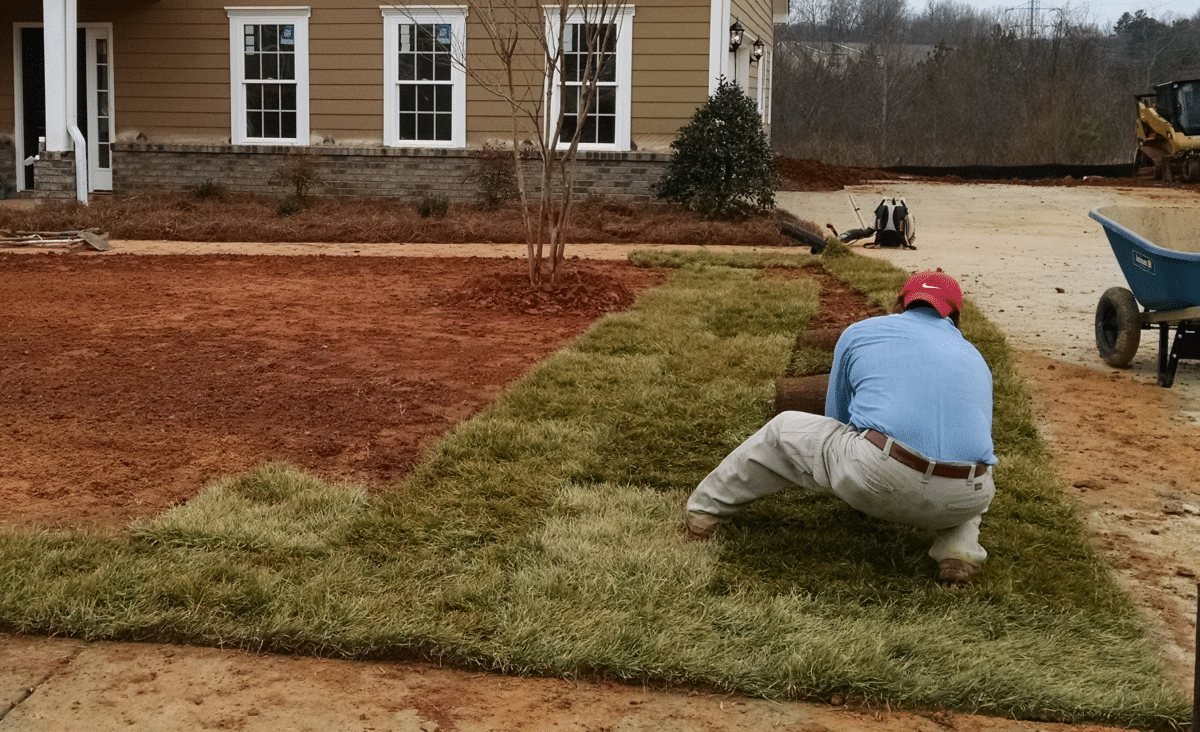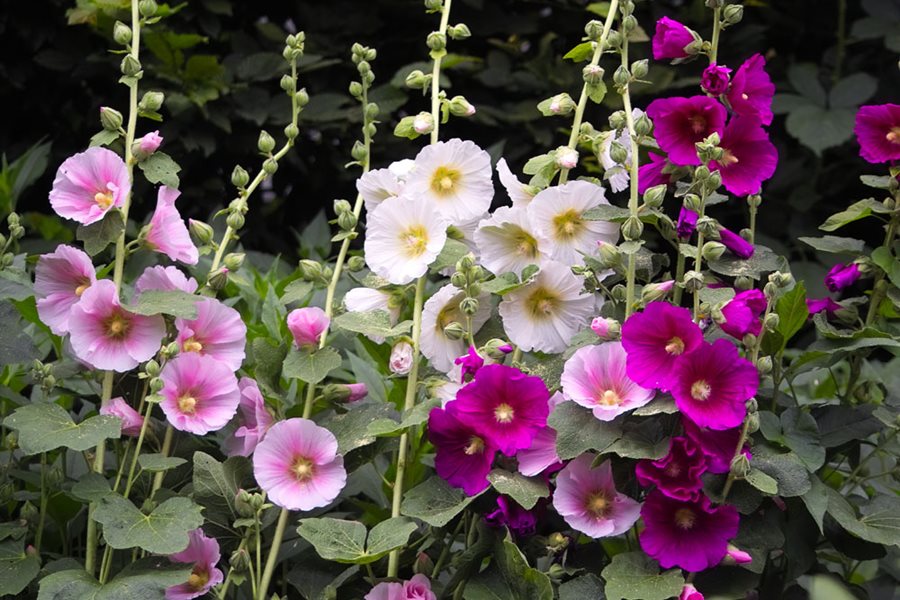What Can I Plant Around My Septic Tank?
[et_pb_section fb_built="1" _builder_version="4.16" global_colors_info="{}"][et_pb_row _builder_version="4.16" global_colors_info="{}"][et_pb_column type="4_4" _builder_version="4.16" global_colors_info="{}"][et_pb_text _builder_version="4.17.3" hover_enabled="0" global_colors_info="{}" sticky_enabled="0"]A frequently asked question that we get is "What can I plant around my septic tank?" Below, we are going to take a look into what is safe and what is unsafe to plant around your septic system. What is safe?When asked about what to plant, we typically go with the experts and simply suggest grass. The main concern with planting different types of shrubbery, trees, etc. is the root system. When the roots of these plants are too long, they can interfere with your septic system and cause serious damage. If you think this is happening to you, we are happy to help! There are several different options for you when looking into safe grasses to plant. We recommend a tall fescue, Kentucky bluegrass, or other variety of lawn grass. If you are desperately wanting to plant something other than grass, we would say go with a short-rooted perennial. There are several that would work, such as bee balms, hollyhocks, and wild violets. Keep in mind that the soil around a septic system will typically be wetter and saltier than most other soil. The perennials named above are favorable to that environment.
There are several different options for you when looking into safe grasses to plant. We recommend a tall fescue, Kentucky bluegrass, or other variety of lawn grass. If you are desperately wanting to plant something other than grass, we would say go with a short-rooted perennial. There are several that would work, such as bee balms, hollyhocks, and wild violets. Keep in mind that the soil around a septic system will typically be wetter and saltier than most other soil. The perennials named above are favorable to that environment.  It is also suggested that you not water the area any more than absolutely necessary due to the ground already being moist, and adding more moisture could affect the drainage of your drain field. Mulching is also not recommended since its job is to keep moisture in. You want the moisture from your drain field to be able to evaporate. Lastly, adding extra soil on top of your drain field is also not a good idea for the same reason. You want the drain field to be able to evaporate as much as possible. On the same note, planting grasses and perennials are recommended over leaving the ground bare, because these plants will help absorb moisture from the ground as well. What is unsafe? "What is unsafe to plant around my septic tank?" Well, we would highly recommend you not plant any trees, shrubs, or flower with a non-shallow root system. The roots of these plants can penetrate your septic tank, and break drainage or distribution pipes. The repair for this can be pricy and easily avoided. A good rule of thumb is however tall the plant will grow, that is how tall the root system may be and how far the plant should be from the system. For example, if a tree is going to grow to 20 feet tall at full maturity, then it should be planted 20 feet from the septic system.The last bit of advice we would give about what not to plant is gardens. Do not plant any kind of edible plant above your septic system, as this could absorb toxic bacteria which you would then ingest. If you are seeing some signs of septic damage, if you haven’t had your septic system pumped recently, or if you just want some professional advice as to the health of your tank, give Henson Septic Services a call at 706-949-1460. We’re also available through email at hensonsepticservices@gmail.com. For expert septic system maintenance, inspection, and repair, we’re the answer for Northeast Georgia homeowners![/et_pb_text][/et_pb_column][/et_pb_row][/et_pb_section]
It is also suggested that you not water the area any more than absolutely necessary due to the ground already being moist, and adding more moisture could affect the drainage of your drain field. Mulching is also not recommended since its job is to keep moisture in. You want the moisture from your drain field to be able to evaporate. Lastly, adding extra soil on top of your drain field is also not a good idea for the same reason. You want the drain field to be able to evaporate as much as possible. On the same note, planting grasses and perennials are recommended over leaving the ground bare, because these plants will help absorb moisture from the ground as well. What is unsafe? "What is unsafe to plant around my septic tank?" Well, we would highly recommend you not plant any trees, shrubs, or flower with a non-shallow root system. The roots of these plants can penetrate your septic tank, and break drainage or distribution pipes. The repair for this can be pricy and easily avoided. A good rule of thumb is however tall the plant will grow, that is how tall the root system may be and how far the plant should be from the system. For example, if a tree is going to grow to 20 feet tall at full maturity, then it should be planted 20 feet from the septic system.The last bit of advice we would give about what not to plant is gardens. Do not plant any kind of edible plant above your septic system, as this could absorb toxic bacteria which you would then ingest. If you are seeing some signs of septic damage, if you haven’t had your septic system pumped recently, or if you just want some professional advice as to the health of your tank, give Henson Septic Services a call at 706-949-1460. We’re also available through email at hensonsepticservices@gmail.com. For expert septic system maintenance, inspection, and repair, we’re the answer for Northeast Georgia homeowners![/et_pb_text][/et_pb_column][/et_pb_row][/et_pb_section]
